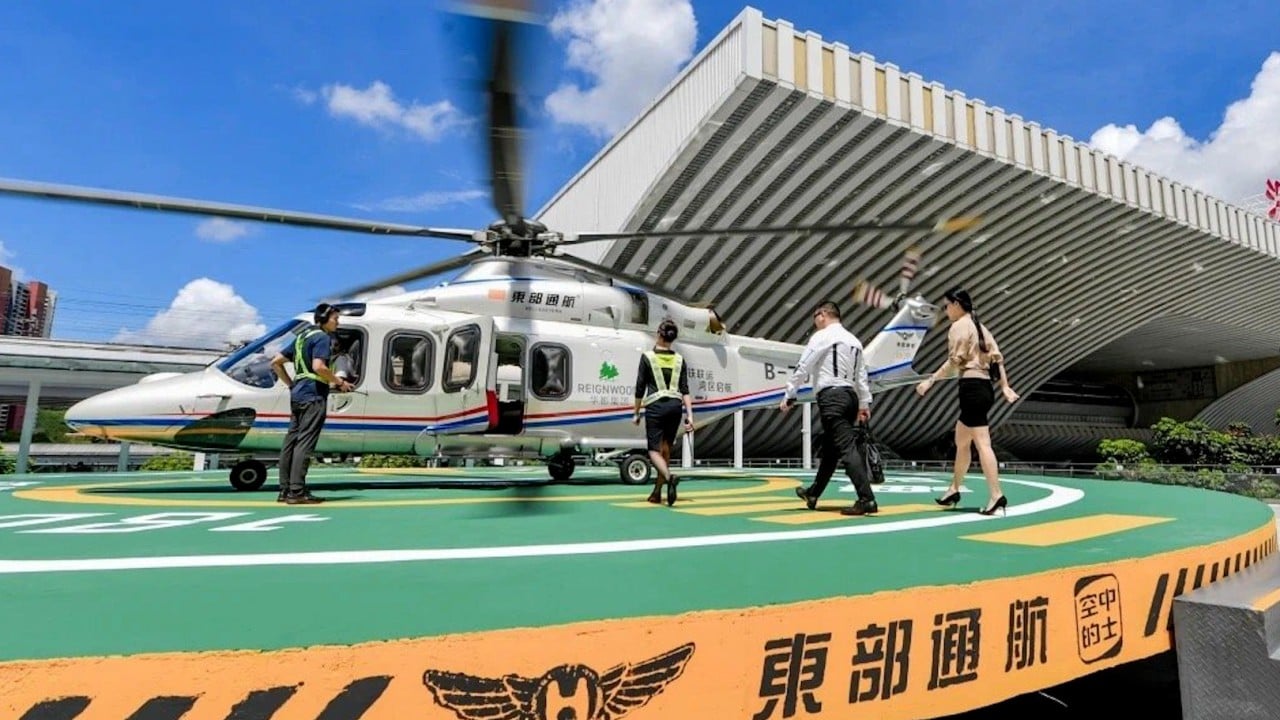Newly-registered unmanned aircraft or drones surged by 48 per cent in China in the first six months of the year amid a push for the “low-altitude economy” to foster high-value jobs, bolster innovation in science and technology and inject momentum into the overall economy.
There were 608,000 new unmanned aerial vehicles (UAVs) registered in China in the first six months of the year, bringing the total to over 1.87 million, according to data provided by the Civil Aviation Administration of China (CAAC) on Wednesday.
“To push for the healthy development of the low-altitude economy, we as the regulator will continue to work on coordinating the upgrade of the traditional aviation industry and innovative developments in the unmanned aerial vehicles industry,” CAAC director Song Zhiyong said in Beijing.
Transport minister Li Xiaopeng also previewed plans to upgrade China’s logistics and transport network through policies that would encourage the replacement of old vehicles, such as trucks, ships and locomotives, with new models or methods, including UAVs.
The low-altitude economy has been identified as a new growth point for the world’s second-largest economy.
It refers to the realm of industries developed from civil-manned and unmanned aerial vehicles that operate in the airspace below 1,000 metres (3,280 feet) above ground, such as for agriculture, delivery services and emergency response purposes.
The development of flying cars and drones in China was combined with artificial intelligence, the digital economy, green energy and biomedicine at the annual central economic work conference in December as “strategic new industries”.
But the latest figures for licenced companies operating drones have fallen from the 19,000 reported at the end of 2023 to 14,000 reported on Wednesday.
The number of people registered with an operating licence, meanwhile, stood at 225,000, up from 194,000 at the end of last year.
Building resources and data sharing infrastructure with local governments to develop low-altitude communication, navigation and surveillance capabilities would be among the next steps for the low-altitude economy, according to Song, to eventually realise a “one-stop” service for low-altitude flights.
In terms of regulations, the CAAC would strengthen the certification standards for drones to adapt to new designs, fully utilise the potential of the low-altitude airspace, upgrades on safety regulations and the use of airports, Song added.
While pushing for the sector to develop, China has also repeated the intention for further regulations.
Its first set of national regulations introduced in June 2023 required registration of drones of varying sizes, including those lighter than 250 grams (8.8 ounces) used for photography, filming and racing.
Under the regulations, users are banned from taking pictures or videos of military or defence industrial installations or secretive facilities.
In April, the CAAC approved its first production licence for electric vertical take-off and landing (eVTOL) aircraft.
Local governments are also investing heavily, with some starting from scratch by offering large subsidies to manufacturers and service providers.
Hangzhou, the capital of China’s eastern Zhejiang province, said on Monday in a low-altitude economy development plan that it would offer eligible new companies up to 10 million yuan (US$1.37 million) if their operating income was at least 20 million yuan in the following year.
Last month, the government of Sichuan also said it would establish a 200 million yuan fund to support the development of the low-altitude economy.
And according to its plan, it would build 20 general airports and more than 100 facilities for vertical take-off and landing aircraft, while also cultivating three to five industry-leading companies in the fields of general aviation equipment manufacturing and low-altitude flight operations by 2027.




